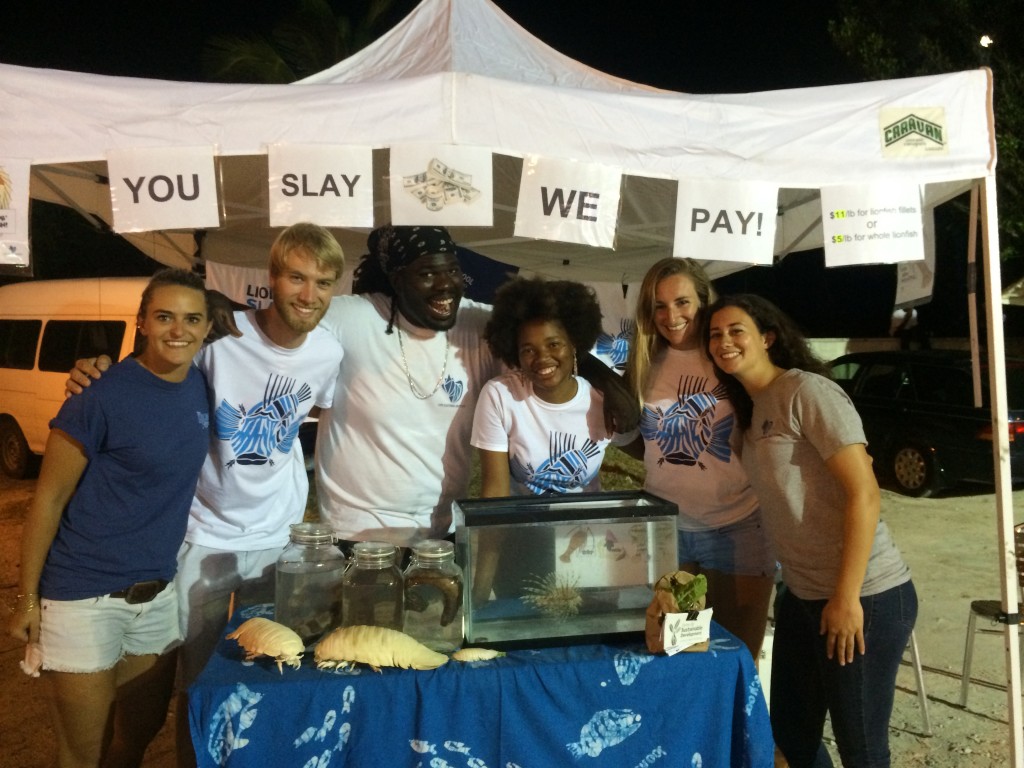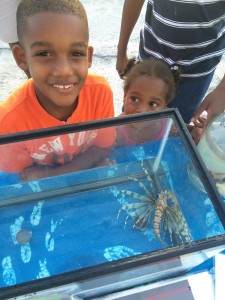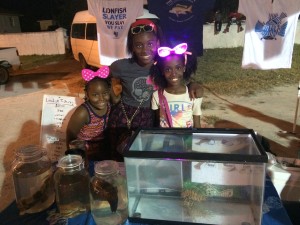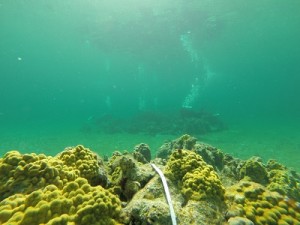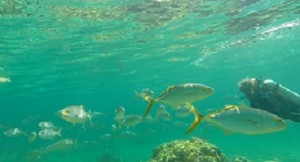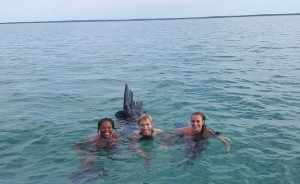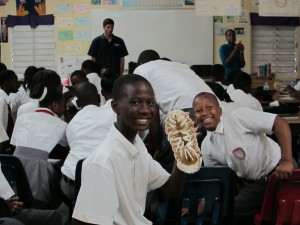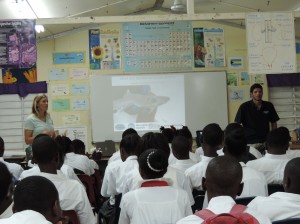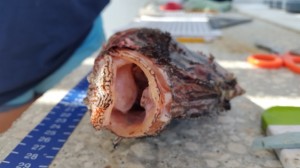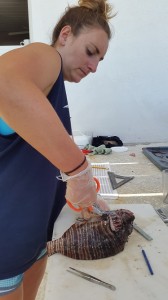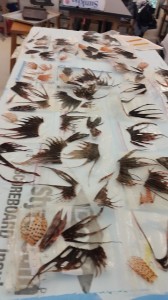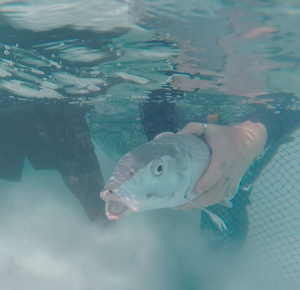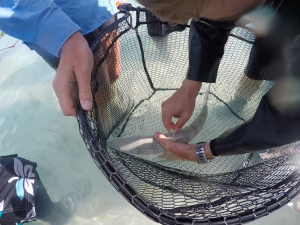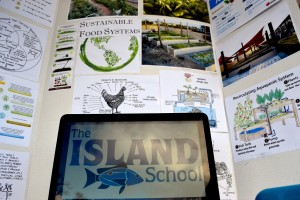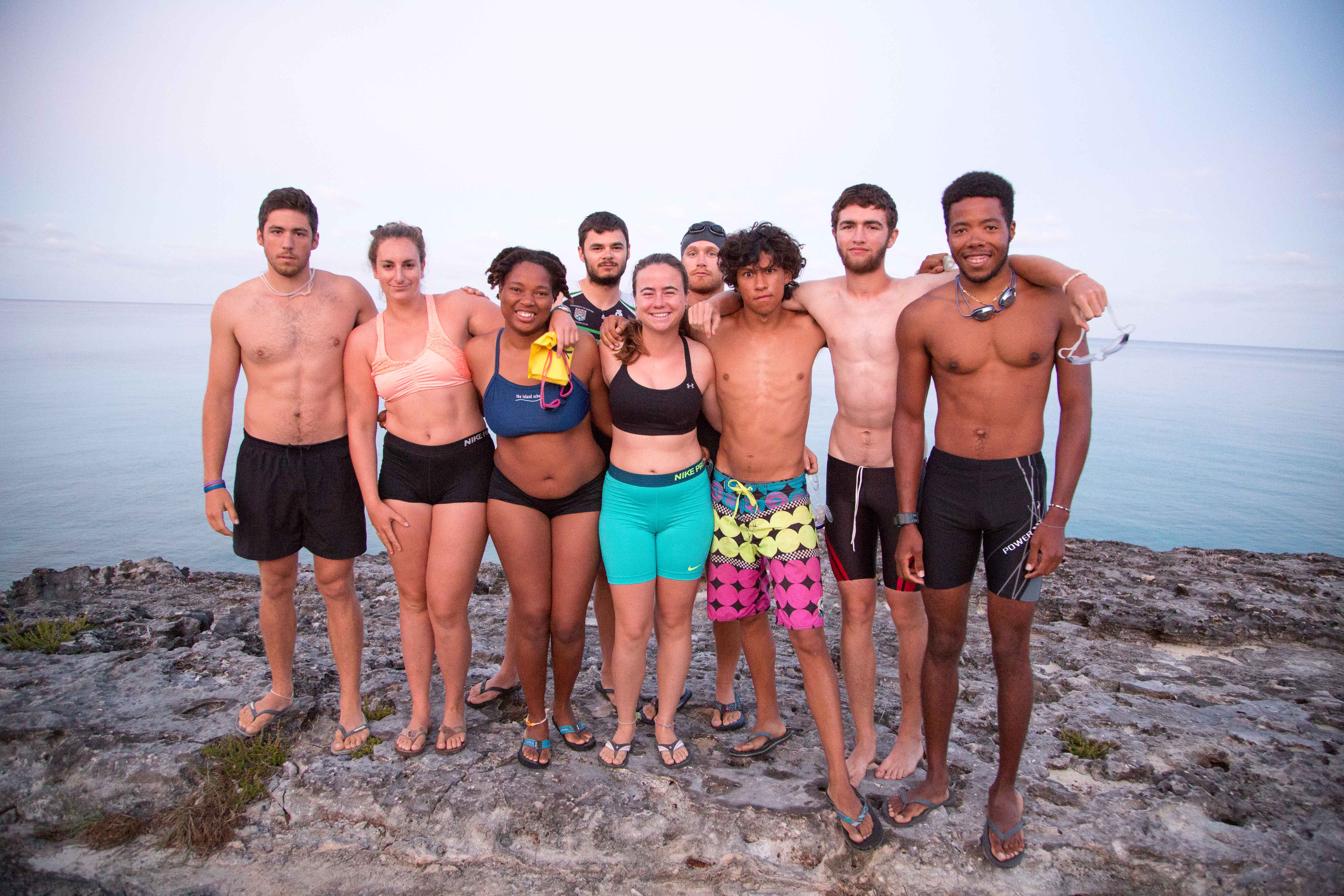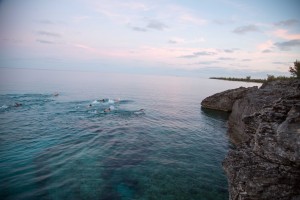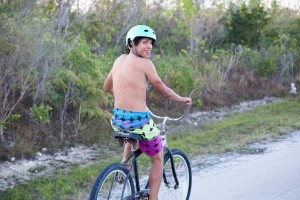OAK Leadership Institute from Cleveland, Ohio joined us the first week of April for an action packed week. The five students and two teachers had the time of their lives exploring Eleuthera and the plethora of marine habitats we are so fortunate to live beside.
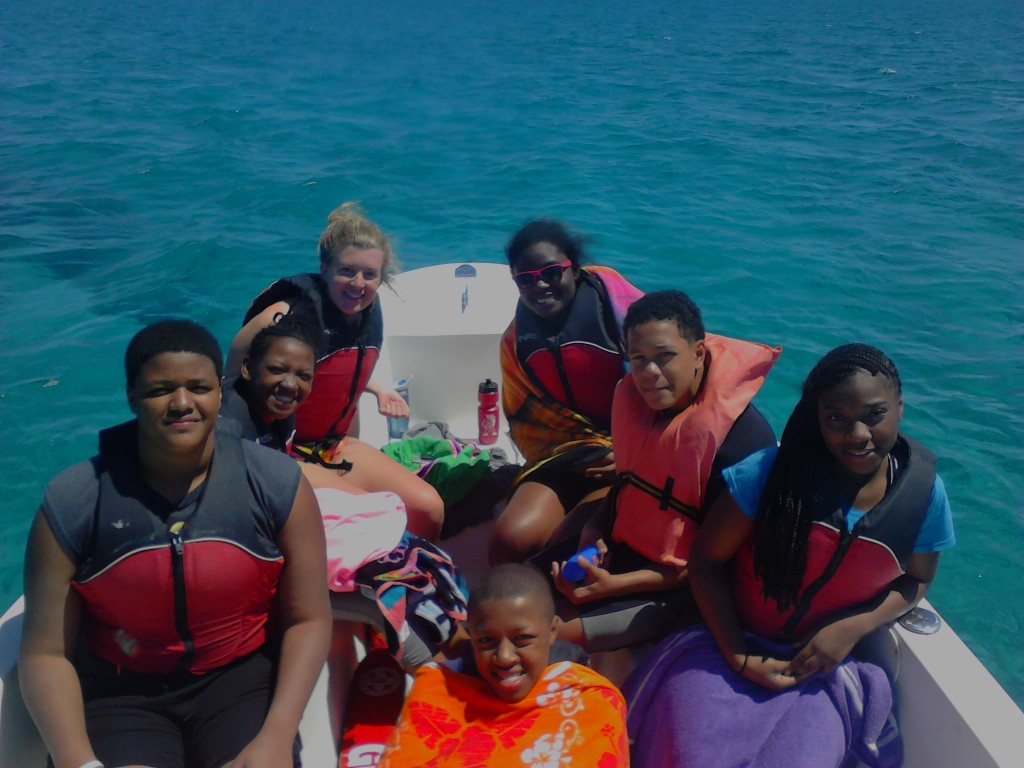
One particular highlight for the team was assisting with the stingray ecology research project. They joined the Island School research class out on the Schooner Cays to capture, measure, tag and work up southern stingrays. It was great to see both Island School students and our visiting students working together to support this project.
Most of the students also got a chance to experience camping on a beach for the first time, it was an awesome trip of firsts, exploration and learning.
Big thanks to OAK Leadership for bringing the first group of students down to us, we hope to see OAK return next year!
